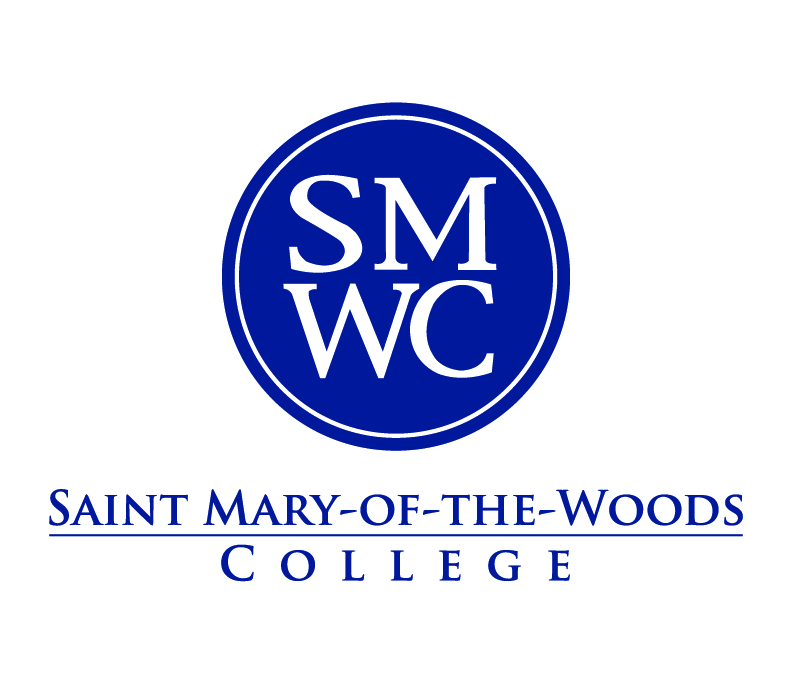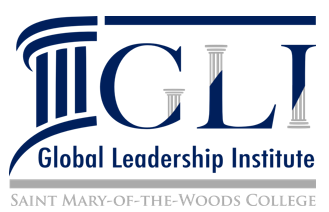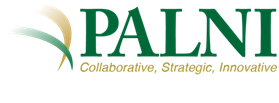Healthcare Workers Around the Globe Face Increased Stress and Burnout
The Need for a Response from Healthcare Organizations
DOI:
https://doi.org/10.59319/arete.v2i1.822Keywords:
stress, burnout, healthcare workers, pandemic, globalAbstract
Background: Estimates are that the world will face a nursing shortage of 13 million nurses by 2030. Stress, burnout, and the recent global pandemic have worsened a growing crisis of physical and psychological strain among healthcare workers worldwide. Current research has not identified organizational or verified self-care interventions to improve this situation long term; however, healthcare leaders and organizations are urged to provide individualized resources to support healthcare workers across the globe while more rigorous studies are developed and implemented. Objectives: Previous studies have reported some benefits of stress reduction with the use of relaxation spaces, mindfulness-based stress reduction, yoga, Tai Chi, cognitive behavioral therapy, psychotherapy, as well as other interventions when individualized to match the unique healthcare worker and the severity of their symptoms. Approach: The National Institute of Occupational Health and Safety in the United States and the World Health Organization have developed resources and guidelines for healthcare organizations to utilize while awaiting further research. Conclusion: This perspective essay aims to increase awareness of the current crisis and promote future research studies and funding for appropriate interventions to support the healthcare workforce globally.
Downloads
Published
How to Cite
Issue
Section
License
Copyright (c) 2024 Crystal White, DNP, FNP-C, RN, Director of Graduate Nursing and Assistant Professor of Nursing, Jessica Myers, DNP, FNP-C, PMHNP, RN, Assistant Professor of Nursing

This work is licensed under a Creative Commons Attribution-ShareAlike 4.0 International License.
The Αρετή (Arete) Journal of Excellence in Global Leadership is an open access journal and follows the Creative Commons License (CC-BY 4.0). Copyrights for articles published in this journal are retained by the authors, with first publication rights granted to the journal. The journal/publisher is not responsible for subsequent uses of the work. It is the author’s responsibility to act on any infringement. The journal is published in electronic format and the journal does not provide printed copies of the published issue.
More about CC-BY-4.0:
The CC-BY-4.0 is an attribution-ShareAlike license. It is considered a "copyright" free and open source. This license lets others remix, tweak, and build upon your work (even for commercial purposes) AS LONG AS they credit you and license their new creations under identical terms.










